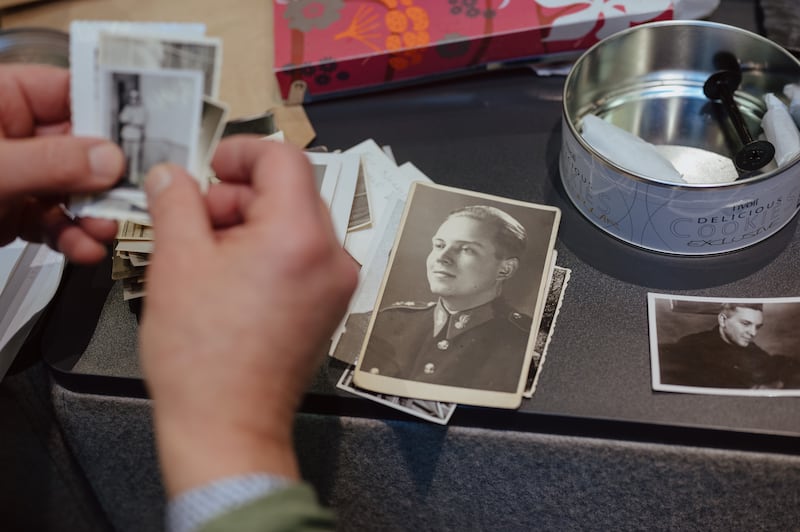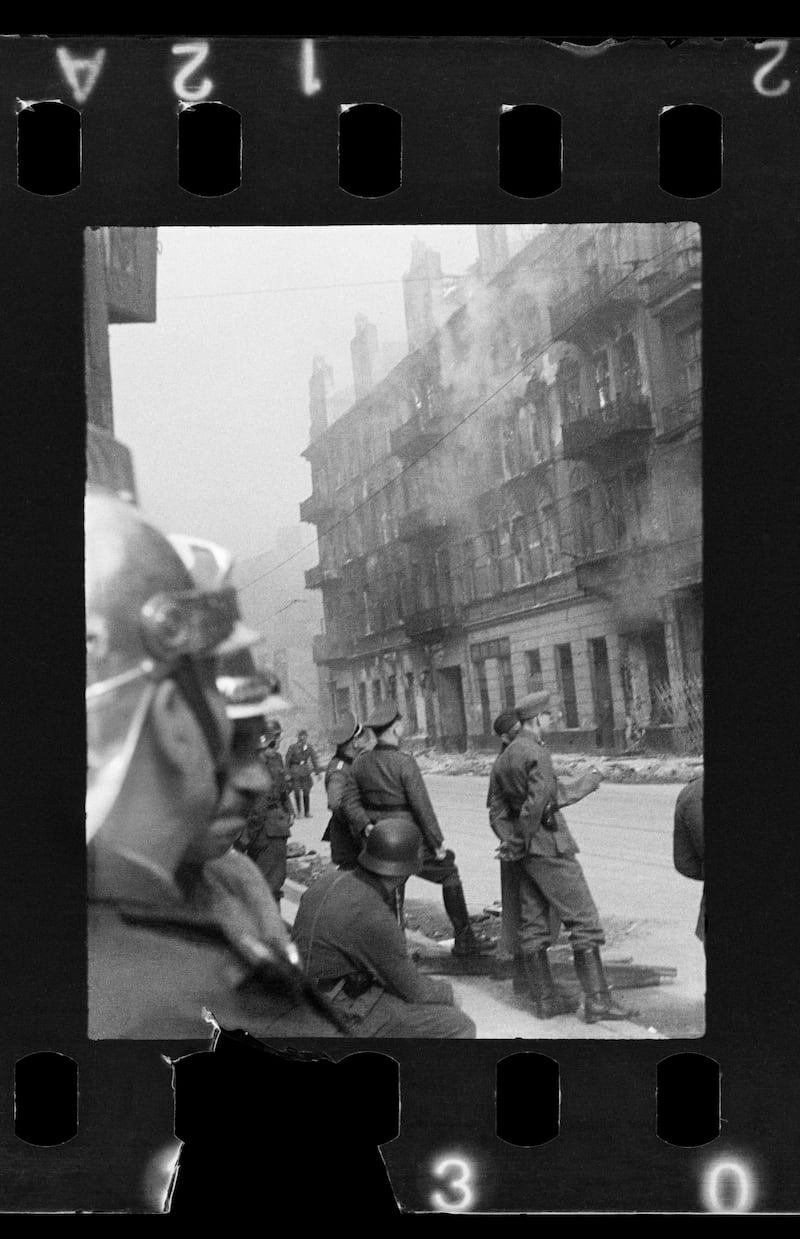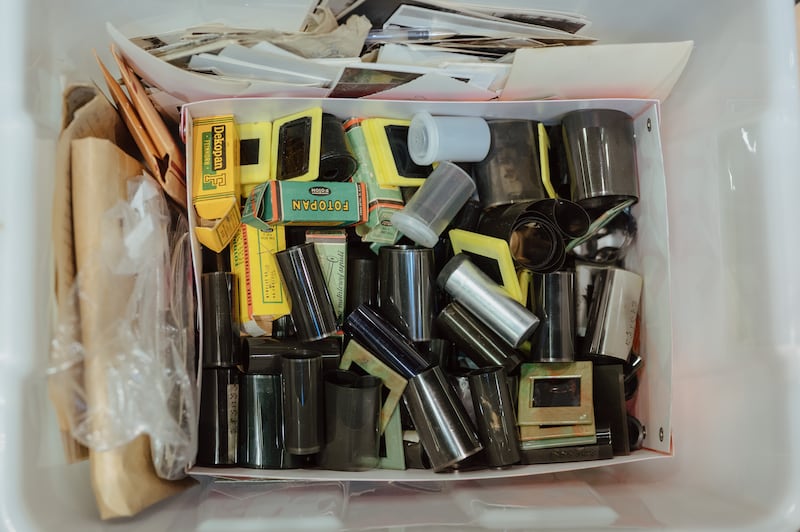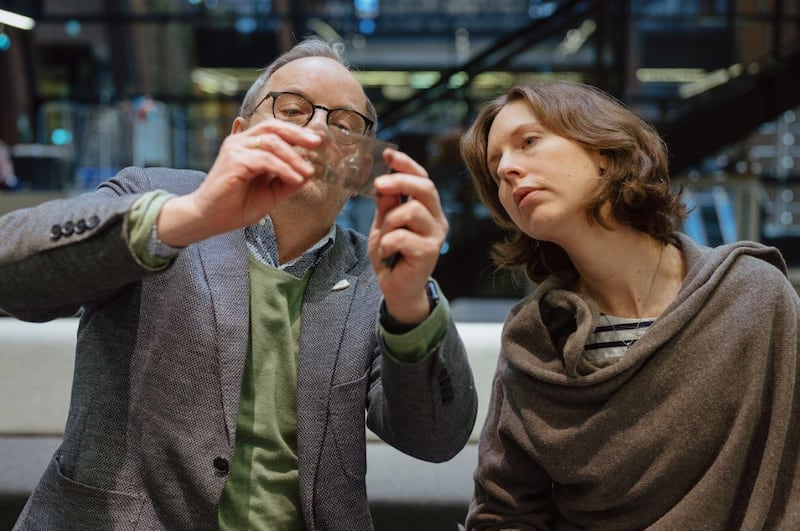It has taken 80 years but when Poles remember the Warsaw Ghetto uprising this week, they can finally free themselves from the perpetrator’s perspective.
A compelling new exhibition in Warsaw tells the story of the revolt just as those on the inside saw it unfold from April 19th, 1943: blurred, chaotic and doomed.
Like the separate Warsaw uprising a year later, the Ghetto uprising ended in defeat. But news of the month-long uprising – the largest of its kind during the second World War – inspired similar revolts elsewhere and challenges the idea of European Jews as passive Nazi victims, resigned to their terrible fate.
Until now, though, practically the only known photographs of the uprising were those commissioned by the local SS. Their problematic provenance prompted curators of the new exhibition, at Warsaw’s Polin museum of Jewish history, to go on a hunt for alternatives. Last December, they struck gold.
READ MORE

Acting on a tip from a ghetto survivor, Polin curator Zuzanna Schnepf-Kołacz sought out the family of Warsaw man Zbigniew Leszek Grzywaczewski.
A passionate amateur photographer, he was a 23-year-old fireman when he and his colleagues were summoned in April 1943 to the walled-in ghetto in central Warsaw established by the Nazis three years earlier.
At its worst in 1941 more than 400,000 people were squeezed into a disease-filled area of 3.4sq km: imagine the population of counties Galway and Mayo packed into in an area half the size of Dublin’s Phoenix Park.
The end of the ghetto began in the summer of 1942, when the Nazis deported 300,000 people – those not already dead from disease and hunger – to the Treblinka extermination camp. The 60,000 people who remained, many younger men, began to organise into resistance groups. They dug bunkers and when 2,000 German soldiers moved in on April 19th, the eve of Passover, the ghetto guerrillas fired back with guns and home-made grenades.

Once the Nazis regrouped, they set fire to the buildings to smoke out the guerrillas – then, to prevent the fires spreading, summoned the fire brigade. Among them: Zbigniew Leszek Grzywaczewski.
Under the noses of SS officers, he photographed discreetly what he saw and, on the back of a dozen prints he developed, contextualised the shocking scenes: “c. 20.4.1943 The setting on fire of houses abandoned by the Jewish population during the evacuation. From the window marked X (balcony) an entire Jewish family, about 5-6 people, jumped on to the pavement and died on the spot.”
In one diary entry, he added: “Figures staggering from hunger and dismay, filthy, ragged. Shot dead en masse; those still alive falling over the bodies of the ones who have already been annihilated.”
At least 7,000 people died during the month-long revolt; by mid-May the ghetto guerrillas who didn’t choose suicide were rounded up and deported to death camps with 42,000 others. About 20,000 people survived in hiding outside the ghetto after the SS razed it.

Before the former firefighter died in 1992, a handful of his prints found their way to Washington’s Holocaust Museum. Asked by the Polin museum to check if the negatives still existed, the photographer’s son Maciej Grzywaczewski found a cardboard box filled with negatives. In one set, images of family scenes were juxtaposed with 33 images from the ghetto in April 1943 – 21 of which have never been seen before.
“My father never told us that he took photos inside the ghetto,” said Maciej Grzywaczewski, “maybe because it was too difficult for him.”
Though the photos were sometimes blurred or partially obscured, Polin curator Zuzanna Schnepf-Kołacz realised immediately she had a sensation on her hands.
“These are the only known [Ghetto uprising] photographs not taken by the Germans and not taken for propaganda purposes,” she said.

Also on display in the Polin museum exhibition is a newly discovered diary from a 20-year-old woman known only as Marylka.
“The ghetto has risen up ... to defend the rest of our human dignity,” she wrote on April 19th. Just eight days later, in her final entry, Marylka added: “I know we are doomed to be annihilated ... but there will be individuals who will survive and who will not allow that this crime against an entire nation is ever forgotten or forgiven.”
On Wednesday the presidents of Poland, Germany and Israel gather in Warsaw to lead remembrance services for the Ghetto uprising 80 years previously. For the first time the perspective is firmly that of those who survived, those who didn’t and those who didn’t look away from the last, desperate stand of one of Europe’s oldest Jewish populations.
As Zbigniew Leszek Grzywaczewski noted, before he put the photos away in a box: “These images will remain with me for the rest of my life.”















